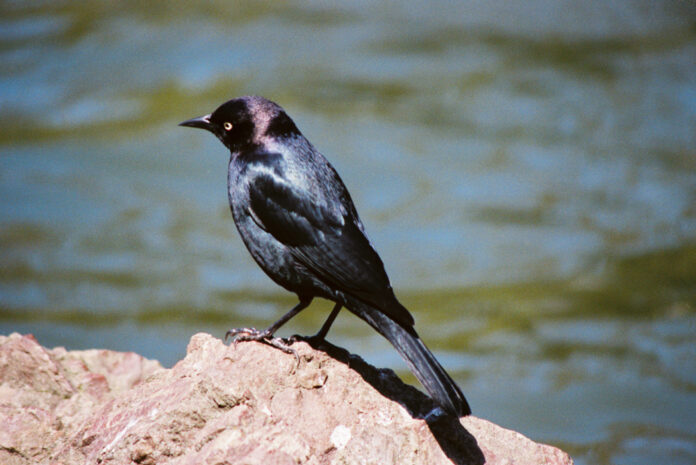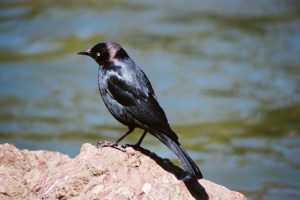
BY HARRY WEEKES

It is as easy for me to get lost in a day as anyone. In this case, I don’t mean lost in reverie or daydreaming, but lost in either habit or minutiae. There is no better way for this to happen than a list of chores and a tight timeframe. This combination can reduce my attention to a myopic tunnel that has the unfortunate consequence of reducing the natural world to the periphery. It becomes the cartoon background to my running around. In this case, my list was simple: Drop friend off. Drop son off at rink. Go to waste transfer station. Go to market. Pick up kid. Return home.
Fortunately, there are some days that refuse to become background, and this morning was one of them.
I wanted to write about Saturday morning, Feb. 16, in three parts so I would not forget it, either because it was drowned out in the intervening 5 feet of snow or because I simply did not think about it long enough. No, this is a reminder to myself.
Part III. The Dump
If you are a scavenger, or spend a significant part of your year scavenging, snow can be both friend and foe. The advantage of big piles of compost and a dump is that the heat of decomposition burns off the snow. There is warmth. There is food. There is a place to hang out.
To even a casual observer, the visual effect of the compost is tremendous—huge snow-covered piles of vegetation steam like smoldering fires. This morning was calm, wonderfully calm. The ravens knew this and seemed to be enjoying it. The ravens, the crows, the starlings—it was a festival of black birds, hundreds of them scattered around the piles: a pair sitting on the metal arm of a crane, another duo tucked in together as in some serene conversation, a lone bird on top of a huge dead trunk, braying across the yard.
The entire time I unloaded my car, birds circled and looped, chattered and squawked, an almost impossible congregation of feathers and beaks and avian fellowship.
As I left, I rolled down my window and came to a stop, which elicited an eruption of birds, the collective rising of a great, black gyre.
The earlier blackbird and kingfisher were individuals; lone birds tucked into the willows emerging on the other side of hard snow. This group, this dump, was all the collective nouns of each of the participants. For the ravens, this was a bazaar, a constable, a rant, a storytelling. The crows were a muster, a murder, a horde, a congress, and a cauldron all at once. The starlings, depending on your feelings for this bird, were a filth, a scourge, a vulgarity, and also a constellation and a murmuration. The Brewer’s blackbirds? Simply, a keg.
There was a raucousness to this group appropriate to the beauty of the day and to a certain intelligence they are assigned. This was not a feeling that they were making it through winter or that they had survived another storm, but rather a celebration that they lived in a place that had such storms.
Our worlds probably boil down to what we attend to. This morning, my world was incredibly small, judged in time and space. But if you look at it from the fact that all of this happened in an hour, over perhaps two air miles, and now over more than a month, it all seems to get a lot bigger. Nature dilates like that when you look closely.
Harry Weekes is the founder and head of school at The Sage School in Hailey. This is his 47th year in the Wood River Valley, where he lives with his wife Hilary and their three kids—Georgia, Penelope and Simon—a nice little flock.


